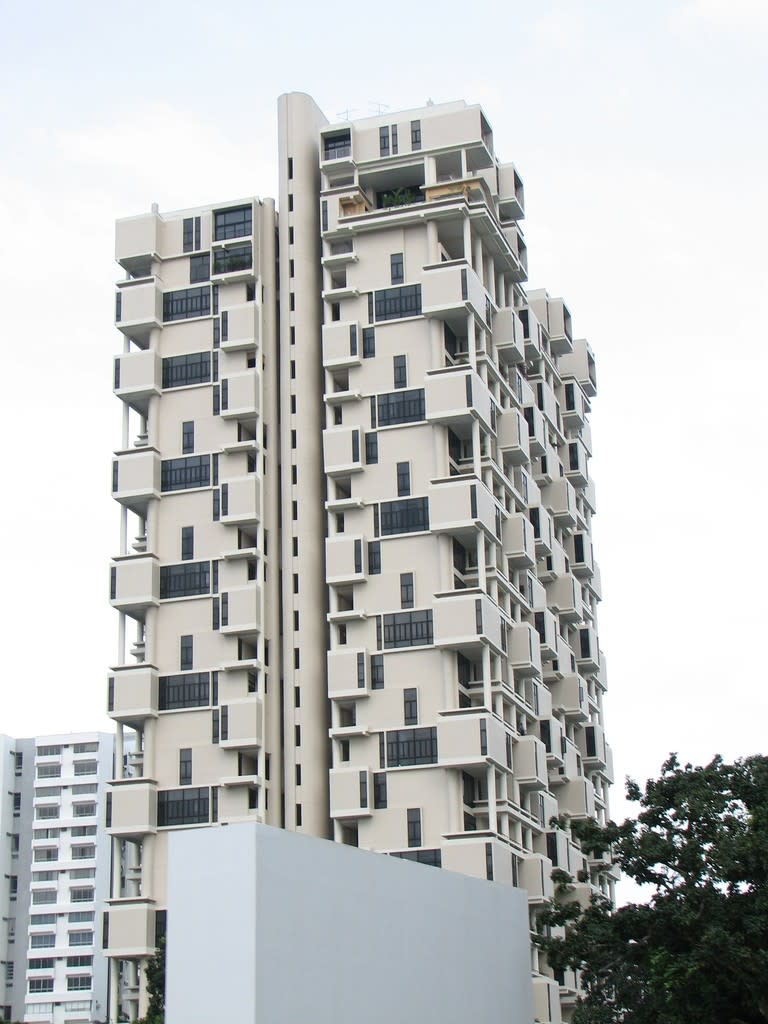Designer calls for national referendum on fate of iconic buildings
Lim Wenhui, partner at Spark, is the first female head judge of the PropertyGuru Asia Property Awards (Singapore).
CORRECTED: (Removes reference to Lim Wenhui as an architect in the title)
In a bid to preserve our past, Singaporeans should rethink the belief that nation building requires older structures to make way for modern infrastructure, said Lim Wenhui, partner at Spark, an award-winning architecture firm.
“Perhaps we need to examine our assumptions. Despite our push toward economic and social progress, we have lost some beautiful buildings that I loved as a child like the National Theatre and National Library,” said Lim, who was recently elected as the first female head judge of the PropertyGuru Asia Property Awards (Singapore) 2018.
More: Building Craze
Built in 1963, the National Theatre on the slope of Fort Canning Park was demolished in 1986 to make way for construction of the Central Expressway. The red-brick National Library at Stamford Road, which was completed in 1960, also met the same fate in 2004 so that construction of the Fort Canning Tunnel could proceed.
Recently, the issue of heritage conservation was raised once again after Pearl Bank Apartments in Outram was sold through an en bloc sale to developer CapitaLand for $728 million.
When it was finished in 1976, it set the record as Singapore’s tallest residential building. But there are plans to tear it down and redevelop the site into a new condo tower.
“Given Pearl Bank Apartments is a national icon, perhaps there should be a national referendum on the building’s future rather than the short-term view propagated by en bloc sales,” Lim said.
When asked about her favourite buildings in Singapore, she named The Colonnade in Grange Road and Golden Mile Complex at Beach Road.
Designed by the American architect Paul Rudolph for Pontiac Land, The Colonnade was completed in 1986 and stands out for its brutalist architecture.
“It is a sculptural masterpiece from a time before the mean-spirited market-driven shoebox apartment,” said Lim, while praising its apartments for having double volume ceilings and large balconies.
In fact, apartments at The Colonnade are so big that the two-bedders are 2,800 sq ft, three-bedders are from 3,600 to 4,000 sq ft, and penthouses from 7,000 to 12,700 sq ft.
Completed in 1986, The Colonnade along Grange Road stands out for its brutalist architecture. (Photo: Chris Price, Flickr)
With regards to Golden Mile Complex designed by DP Architects, Lim said it’s probably the best example of late-metabolist architecture in Singapore, even though former Nominated Member of Parliament Ivan Png called it a “vertical slum” in 2006.
“It is a wonderful time capsule of 1970’s nation building that still bustles with life inside with Thai food outlets and travel agencies…wonderful architecture that does not rely on being covered in plants to be deemed good design,” she noted.
However, Golden Mile Complex along with two other historical landmarks – the nearby Golden Mile Tower and Chinatown’s People’s Park Complex – may end up being bulldozed as the owners are attempting to cash in on the collective sales fever.
Incidentally, the three projects were built on sites sold under the first Government Land Sales programme in 1967, and represent an important chapter in Singapore’s post-independence architectural history.
For the latest property news, trends, resources and expert opinions, visit our Property News page. Home buyers looking for Singapore Properties may like to visit our Listings, Project Reviews and Guides.
Romesh Navaratnarajah, Senior Editor at PropertyGuru, edited this story. To contact him about this or other stories, email romesh@propertyguru.com.sg




